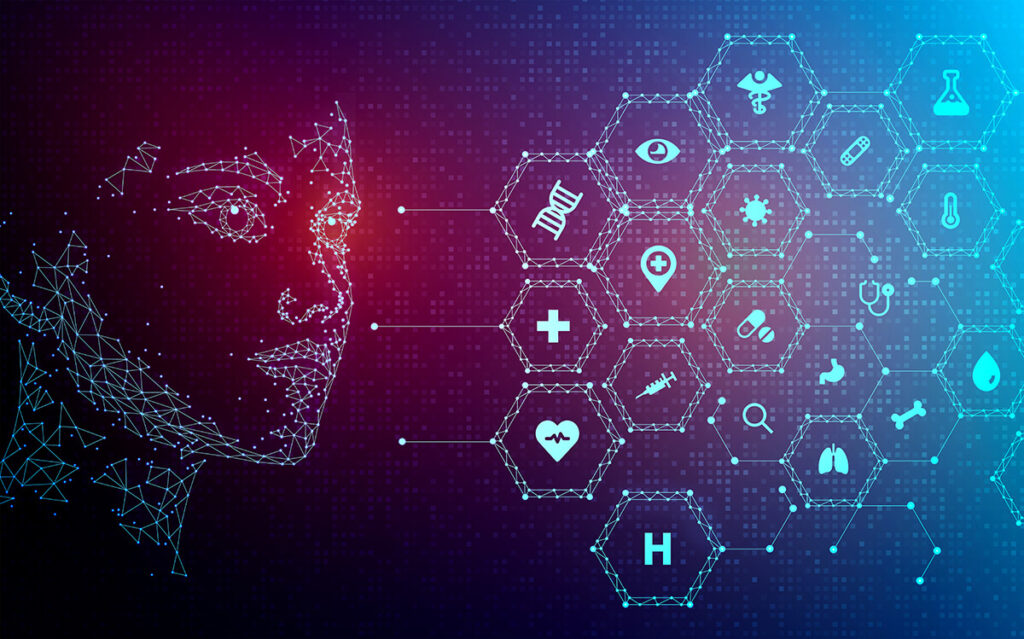It’s no secret that Artificial Intelligence (AI) has become an integral part of our daily lives. From smartphones to virtual assistants, self-driving cars to medical diagnosis, AI is everywhere. You may not even realize it, but you’ve probably already experienced some form of AI today. Whether it was your bank’s chatbot that helped you login to your account this morning, or the savvy retail algorithms that suggested the perfect running gear to match the shoes you just purchased.
In these cases, you’re using AI as a customer, but large enterprises are not the only ones who can use AI to enhance their marketing efforts and boost personalization. The truth is, all companies, no matter their size have the opportunity to harness the power of AI by using Open Source software (OSS) as the onramp. It’s not as hard as it sounds, in fact, it’s a surprisingly quick and affordable way to explore and experiment with new marketing strategies.
The truth is, all companies, no matter their size have the opportunity to harness the power of AI by using Open Source software as the onramp.
Artificial Intelligence
You’ve heard many definitions of AI recently, but here’s ours (and yes, we used Chat GPT to help craft this!)
The fundamental definition of Artificial Intelligence is the use of software or machines to perform tasks that typically require human-level intelligence.
Keep in mind, this doesn’t necessarily mean the software or machine is actually “thinking.” AI generated text isn’t trying to make an argument, it’s simulating text that an intelligent person would write. What’s notable though, is that AI can adapt and “learn.” AI learns by analyzing patterns and correlations in data, and as new data is added, it can adapt its output. These outputs, or simulations of what an intelligent person would produce, can be used to make predictions, identify trends, and make decisions. For example, AI is able to analyze customer data to identify buying patterns. These patterns enable companies to predict future customer behavior, which in turn builds customer loyalty, trust, and satisfaction.

Unveiling AI’s Fascinating Past
Artificial Intelligence as an academic discipline has a surprisingly long history – it’s generally accepted that the field was founded at the Dartmouth Conference in the summer of 1956. Back then hardware was vastly less powerful than today, but many of the basic principles which underpin the most powerful AI tools of today were already being explored. Neural Networks, Genetic Algorithms, and large statistical models were all on the agenda, and their potential clearly recognized.
Fast forward 67 years, and a vast explosion of data available on the open internet has changed the game beyond recognition. Neural nets can have billions of parameters (175 billion in ChatGPT3, possibly several trillion in ChatGPT4), which is beginning to approximate the complexity of some aspects of organic brains. The data sets they can access and be trained on are vast beyond imagining, and of course the hardware they sit on is incredibly fast, scalable, and robust. But perhaps the most powerful aspect of this technology is the ability to integrate it with online interactions. Any content or interaction can potentially be optimized by seamlessly integrating AI. If at any stage you’ve the capability to adapt a piece of content, even select an option to display to the user, then AI can drive that adaptation, and bring all the “smarts” of long time “learning” from large data sets.

The Game-Changing Power of AI
AI technology is being used in a variety of applications including factory automation in the manufacturing and automotive industries. In the healthcare industry, AI powered diagnostic tools help doctors diagnose and treat patients more accurately and in less time. AI driven chatbots, personalized journeys, and smart inventory management dominate the retail landscape. And the financial industry uses data and AI to reveal patterns, trends, and predictions in the marketplace.
The options for AI are limitless and will continue to grow and evolve as the technology makes its way into more and more industries to solve problems and improve efficiency. Business leaders know that AI is an important digital tool that has the power to increase productivity and revenue. However, many are struggling to find the most efficient way to incorporate this technology into their digital transformation roadmap. This is where Open Source software comes in.
Off-the-shelf Open Source software can quickly be customized to a company’s specific needs and then paired with AI to create a powerful digital tool. The combination of these two technologies presents a lower barrier of entry, making it possible for companies of all sizes to reap the benefits of AI.
Open Source Software
Open Source boasts many benefits to businesses. It’s not only more affordable than proprietary software, but it provides flexibility and scalability for future growth. There are a vast number of Open Source software options available and it can be customized to meet an organization’s specific needs. Companies that are looking to innovate and expand their marketing efforts without breaking the bank or exhausting their resources have a real opportunity when it comes to combining AI and Open Source.
Off-the-shelf Open Source software can quickly be customized to a company’s specific needs and then paired with AI to create a powerful digital tool. Whether you’re looking to implement business automation, boost sales through personalization, or make data-driven marketing decisions, the combination of these two technologies presents a lower barrier of entry, making it possible for companies of all sizes to reap the benefits of AI.
Personalized Customer Experiences
Personalization using AI and Open Source allows companies to focus on their customers in order to predict preferences. Personalization improves the customer experience, boosts sales and makes business operations more efficient. Ultimately it is the key driver of success in today’s competitive business landscape. It helps companies stand out from the crowd, drive sales growth and build brand loyalty.
Business leaders in all industries must find a way to embrace this technology to succeed in the marketplace. Implementing AI and Open Source as a solution is a cost-effective and logical first step in the process.
It’s no secret that the combination of Artificial Intelligence (AI) and Open Source software is a powerful digital tool for businesses in all industries. Business owners must find a way to embrace this technology in order to compete and succeed in the marketplace. AI and Open Source have the power to make significant tech contributions that will revolutionize the digital landscape.
Ready to find out more?
Looking to implement an Open Source AI solution for your digital project? Contact our team at Crowd Favorite. We’d love to sit down and discuss possible solutions. Let’s talk!





